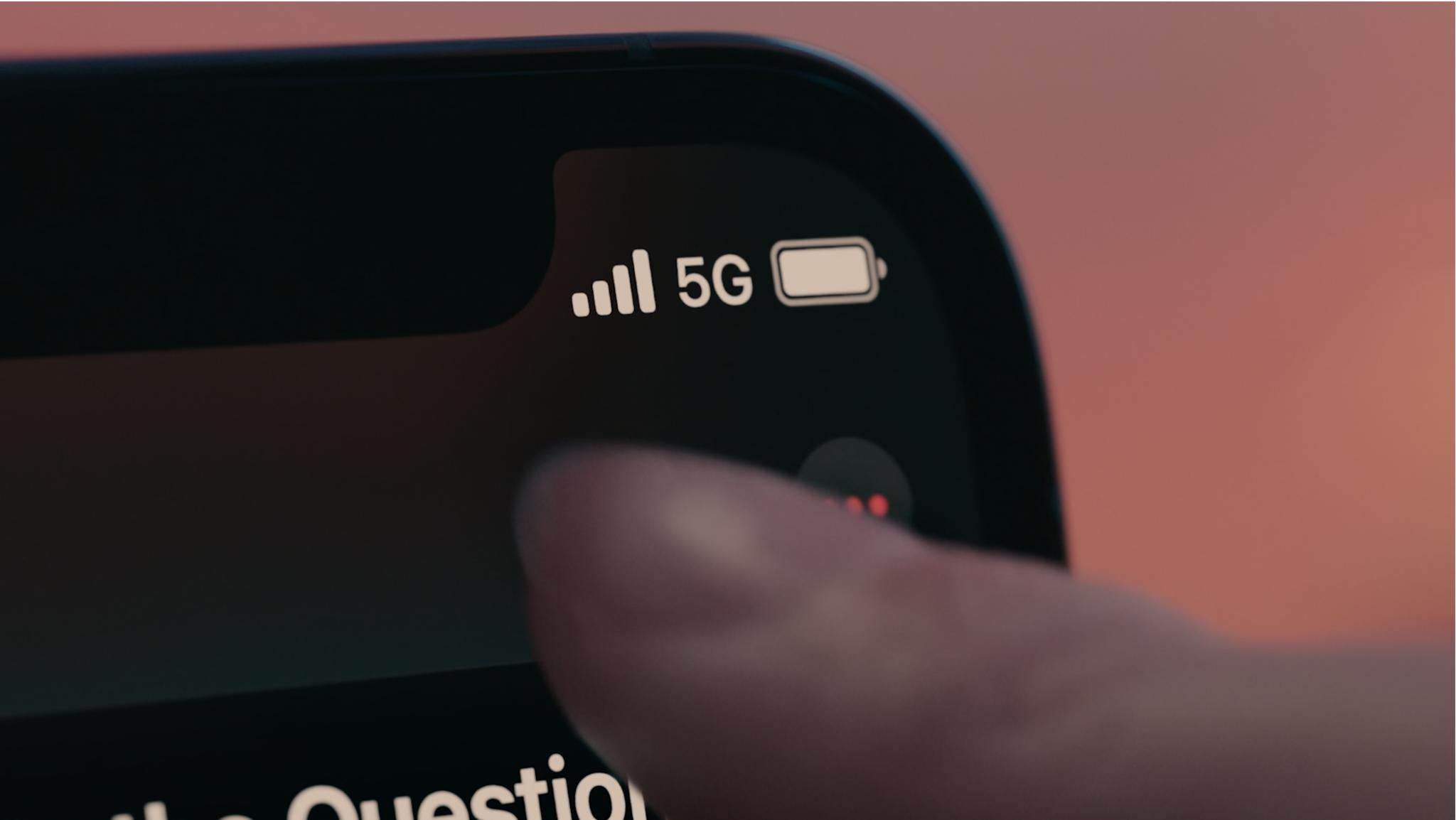What you need to know
- Apple is working on technology to allow iPhones to communicate with satellites.
- The feature will be built into iMessage.
- It will allow users to communicate with emergency services and contacts.
Mark Gurman is jumping on board with Ming-Chi Kuo.
Over the weekend, supply chain analyst Ming-Chi Kuo predicted that Apple was working on a new technology that would allow the iPhone to communicate with satellites instead of a cellular network. While some were quick to dismiss the analyst, a new report from Bloomberg seems to agree with Kuo.
A new report from Mark Gurman at Bloomberg says that Apple is in fact working on technology that will allow the iPhone to communicate with satellites. The technology, which is not expected to launch in 2021, would be limited to emergency situations rather than a way to replace your cellular network.
According to the report, the technology would allow iPhone owners to text emergency services and contacts or report an emergency when there is no cellular service available. The feature is expected to be built directly into iMessage.
The first component, dubbed Emergency Message via Satellite, will let users text emergency services and contacts over a satellite network when there's no cell signal available. That feature will be integrated into the Messages app as a third protocol -- alongside the standard SMS and iMessage -- and appear with gray message bubbles instead of green or blue. The second feature will be a tool to report major emergencies, such as plane crashes and sinking ships, also using satellite networks.
The texting-via-satellite tool, codenamed Stewie inside Apple, will restrict messages to a shorter length. The texts will automatically push through to an emergency contact's phone, even if the do-not-disturb setting is on. One planned design will let a user send the message by typing "Emergency SOS" where they would usually input a contact name. In addition to delivering texts, the service may eventually be able to handle some phone calls too.
The feature would bring the iPhone on par with emergency satellite devices such as the Garmin inReach, which many people use to stay in contact with loved ones or report emergencies while out of service for cellular networks. While the iPhone won't replace such devices as they boast more adventure-related features, it would be a huge benefit to anyone that finds themselves outside of cell service and need to get in touch with someone in an emergency.
The system is also able to take more specific information, such as a person falling overboard or a ship sinking. It will ask a user if search and rescue services are needed, if there is suspicious behavior or weapons involved, and if a person has suffered a traumatic injury.
When reaching emergency services, the feature can send a user's location and Medical ID, a virtual card in the Health app with a list of a user's medical history, age, medications, and information like height and weight. It can also a notify a user's emergency contacts, typically a person's family, friends or doctors.
It's currently unclear if such a service would come in the form of a subscription that iPhone owners would pay monthly for or if users would be charged per message. It's also unclear exactly what emergency services would be tapped into and how much coverage such a feature would provide. The Garmin inReach, in comparison, hooks into a global network.
According to the report, it is unlikely that the feature will be included in the iPhone 13 which Apple is expected to announce and release this fall. Regardless of when it does come, and if it does, it would be a massive safety feature that would differentiate the iPhone from current Android phones in a big way.

0 Commentaires